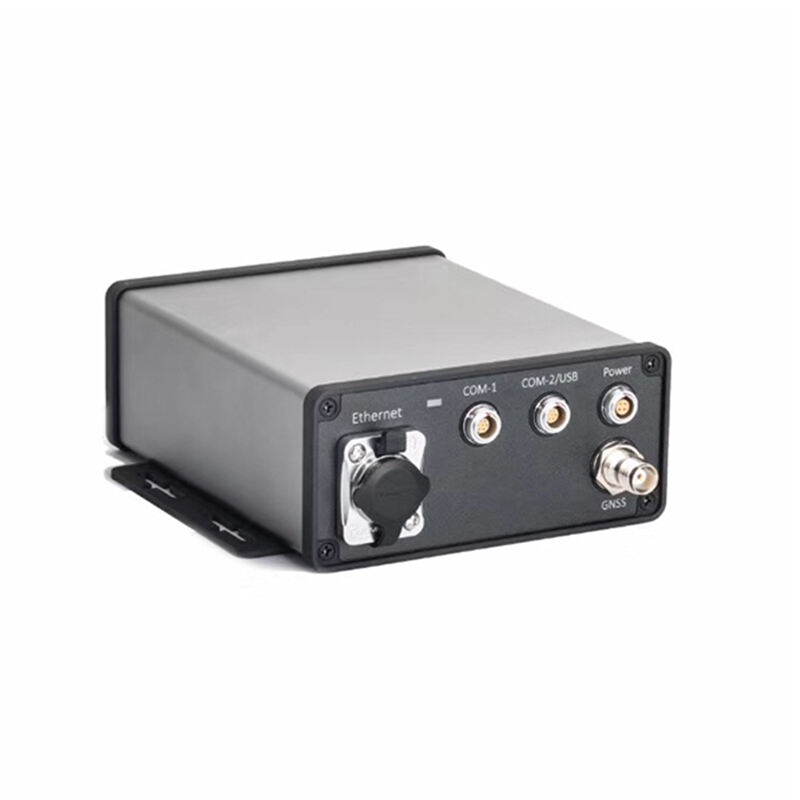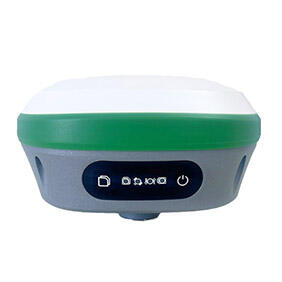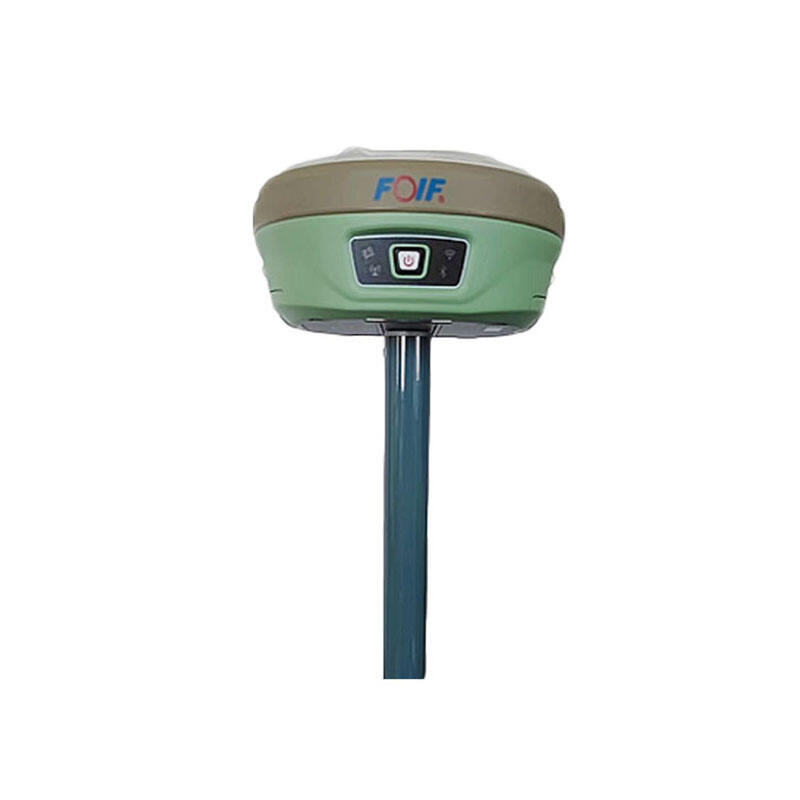gnss reference receiver
A GNSS reference receiver is a sophisticated positioning system that serves as a crucial component in high-precision global navigation satellite systems. Operating as a fixed-position base station, it continuously receives signals from multiple satellite constellations including GPS, GLONASS, Galileo, and BeiDou. This advanced equipment delivers centimeter-level positioning accuracy by calculating and transmitting correction data to mobile GNSS receivers in the field. The reference receiver processes raw satellite signals, monitors signal quality, and generates real-time correction data to compensate for various atmospheric and orbital errors. It maintains consistent accuracy through sophisticated algorithms that analyze signal characteristics and eliminate potential sources of error. The system's ability to track multiple satellite frequencies simultaneously enhances its reliability and precision. Modern GNSS reference receivers incorporate advanced features such as multi-path mitigation technology, interference detection, and automatic calibration capabilities. These systems are essential in applications requiring precise positioning, including surveying, precision agriculture, construction, and scientific research. They form the backbone of Real-Time Kinematic (RTK) positioning networks and contribute significantly to the development of smart cities and autonomous navigation systems.


